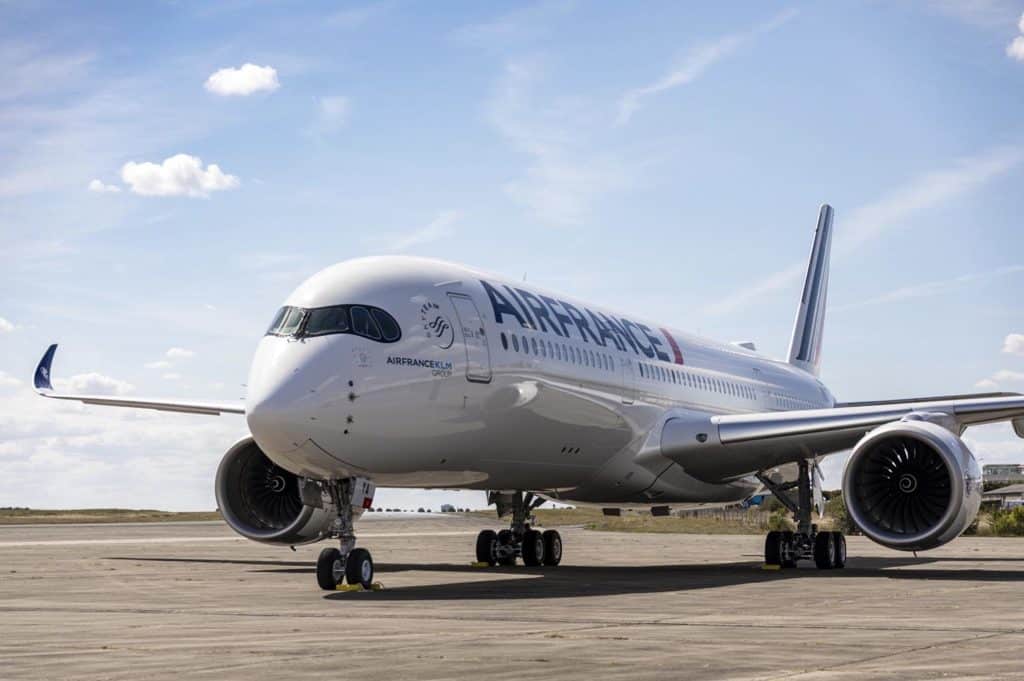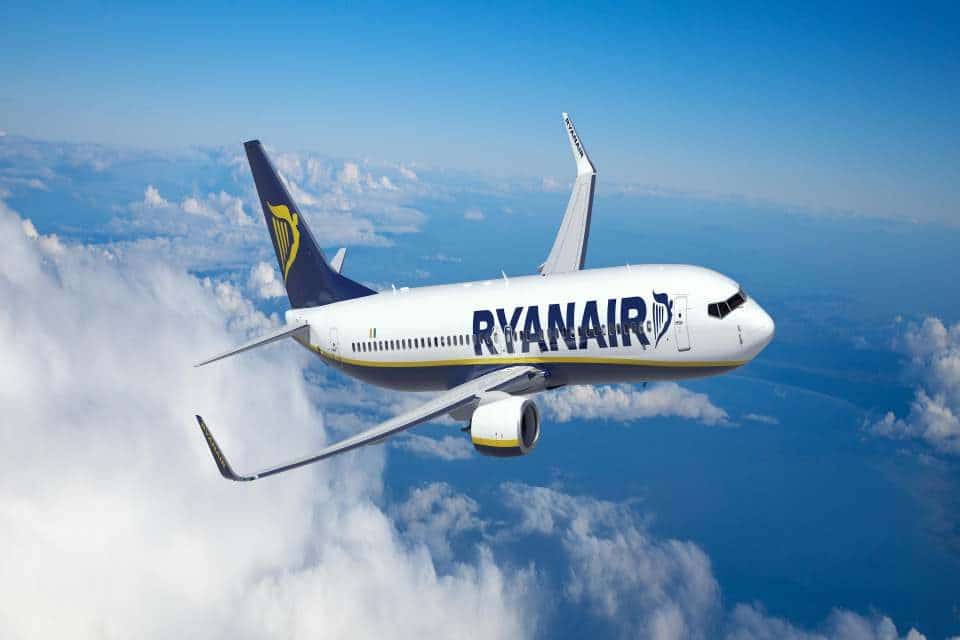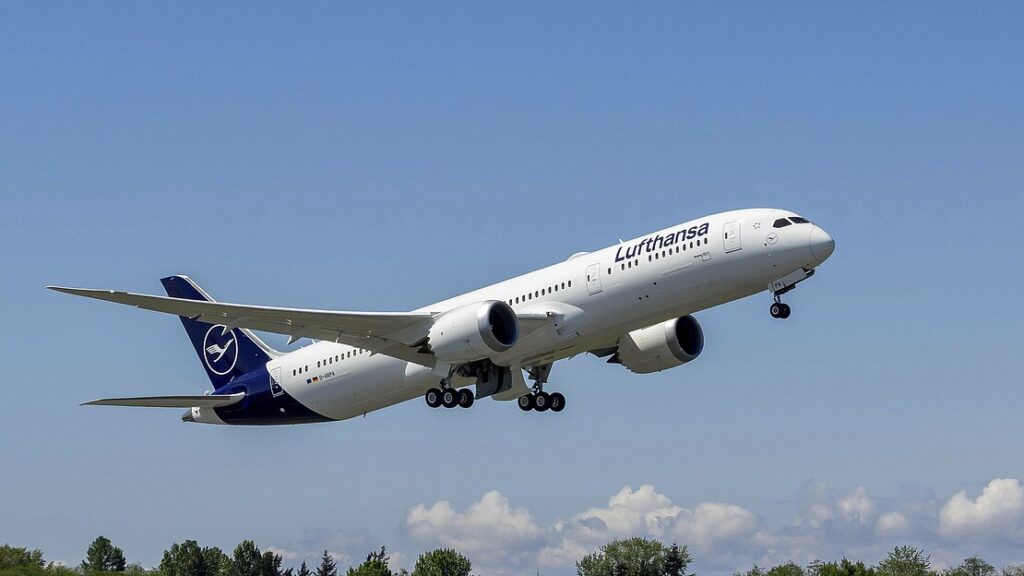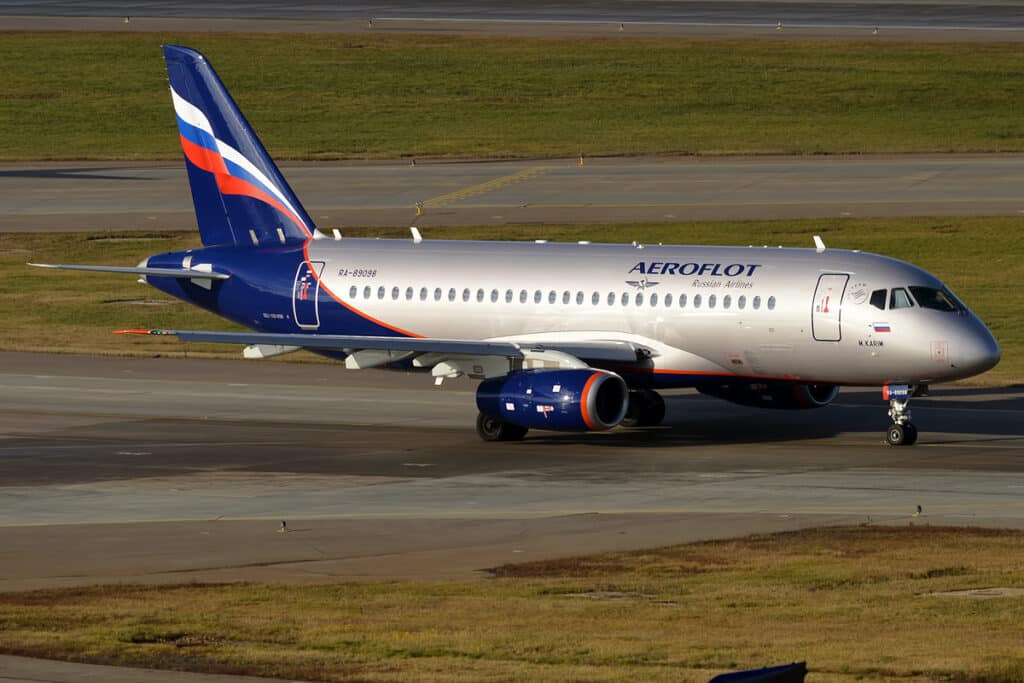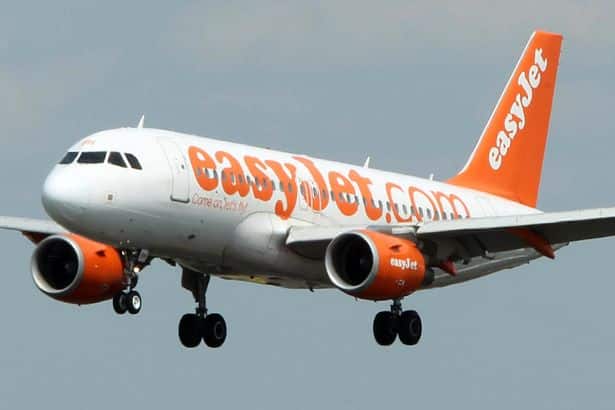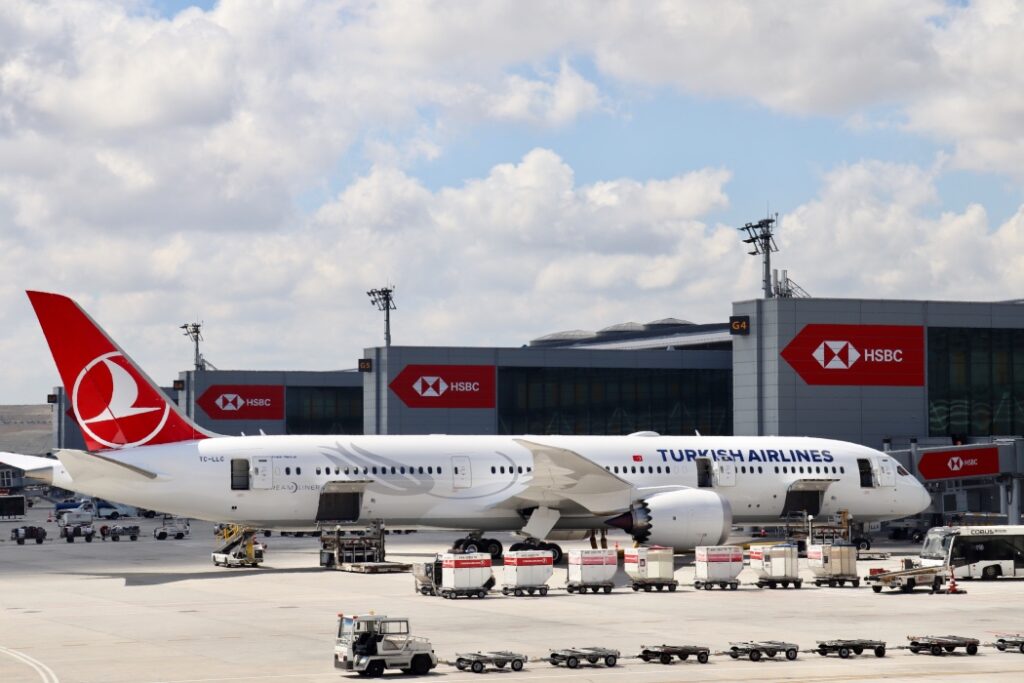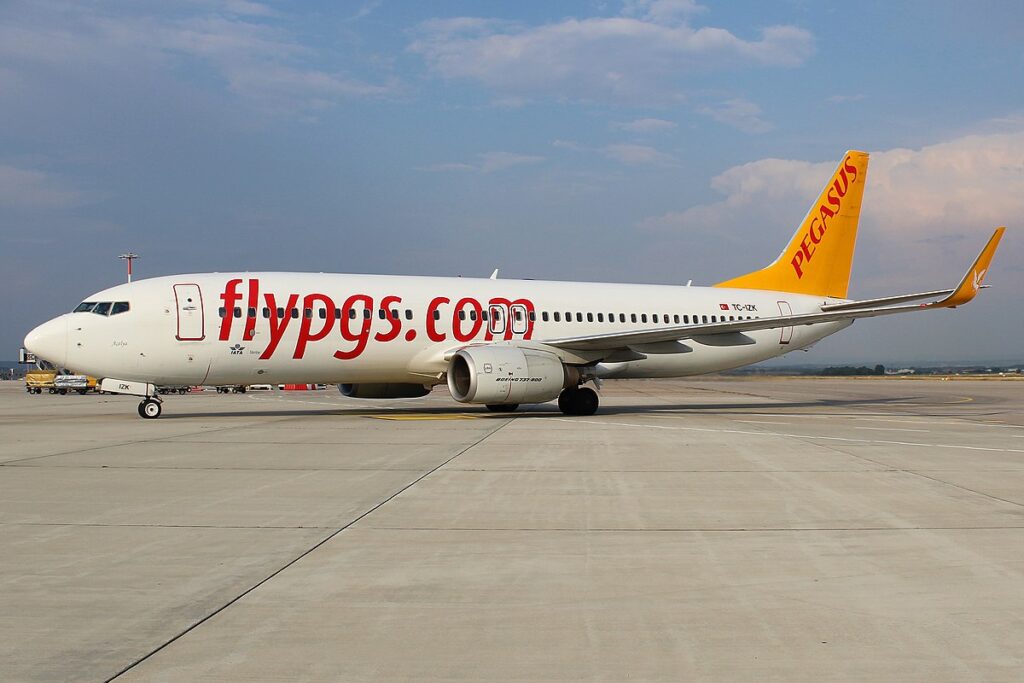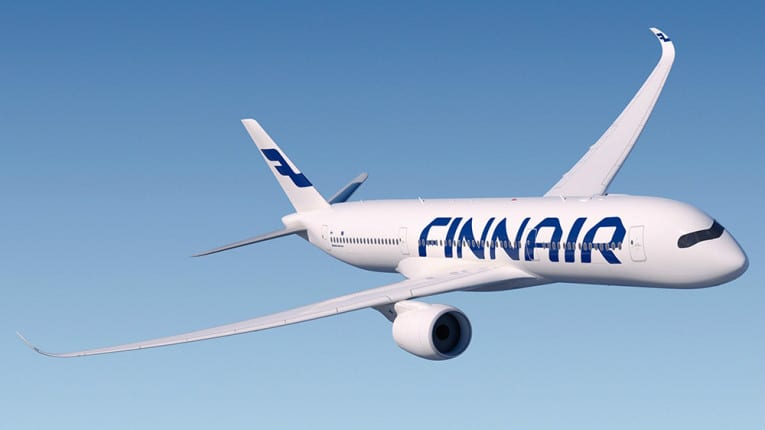Aerospace
Top 10 airlines in Europe.
Top 10 airlines in Europe.
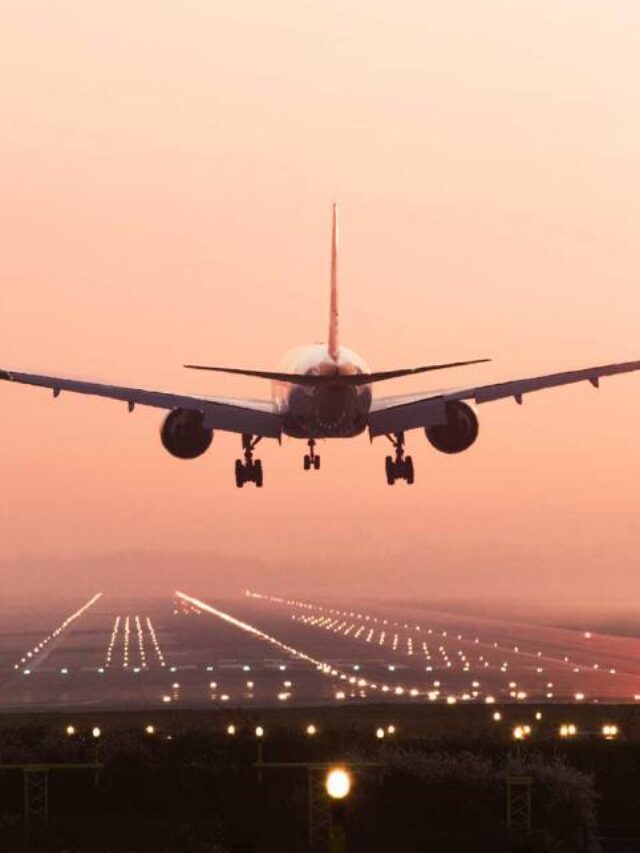
1. Air France
Air France, is the flag carrier of France headquartered in Tremblay-en-France. It is a subsidiary of the Air France–KLM Group and a founding member of the Sky Team global airline alliance. In 2018, Air France and its regional subsidiary Hop carried 51.4 million passengers. It was a launch customer for the fly-by-wire (FBW) A320 narrow body twin, along with Air Inter and British Caledonian. It became the first airline to take delivery of the A320. Air France and KLM announced the merger of the two airlines, the new company to be known as Air France–KLM. In 2021, Air France-KLM flew 44.6 million passengers to their destinations, and this company offers flights all over the world.
2. Ryanair
It is an Irish ultra low-cost carrier founded in 1984. It is headquartered in Swords, Dublin, Ireland. It is Europe’s largest budget airline by scheduled passengers flown, carrying more international passengers than any other airline. By maintaining its pricing low throughout the years, it has risen to the top of the European airline sector. In spite of this, it consistently ranks as one of the least comfortable airlines to fly with it. As of 2021the net income is €1.145 billion and revenue is €1.636 billion, and carrying 72.4 million passengers.
3.Lufthansa
Lufthansa, is the flag carrier of Germany. When combined with its subsidiaries, it is the second-largest airline in Europe in terms of passengers carried. It is the one of the five founding members of Star Alliance, the world’s largest airline alliance. The company was founded as Luftag in 1953.The total number of passengers carried by the Lufthansa Group in 2021 was 46.9 million, with revenue of €16.81 billion and a net income of €2.19 billion.
4. Aeroflot
It is the flag carrier and the largest airline of Russia. The airline was founded in 1923, making Aeroflot one of the oldest active airlines in the world. It is headquartered in the Central Administrative Okrug, Moscow. Aeroflot has the third highest passenger numbers of airline in Europe, boasting 45.8 million passengers in 2021,with the revenue of ₽492 billion and the net income of ₽34.5 billion. It has historically been the biggest airline in the world at several points throughout history.
5. Easy Jet
EasyJet, is a British multinational low-cost airline group headquartered at London Luton Airport. It operates domestic and international scheduled services on 927 routes in more than 34 countries. It has seen expansion since its establishment in 1995. with 29.4 million passengers flown in 2021, it has revenue of £1,458 million, net income of £(858) million. EasyJet has had rapid growth over the years and attracted a lot of customers due to its low prices. It also has a history of using interesting marketing techniques in the UK.
6.Turkish Airlines
It is the national flag carrier airline of Turkey. Americas, making it the largest mainline carrier in the world by number of passenger destinations. Istanbul Airport in Arnavutköy is the airline’s main base, and there are secondary hubs at Ankara Esenboğa Airport and İzmir Adnan Menderes Airport. Turkish Airlines has been a member of the Star Alliance network since 1 April 2008. In 2021, it carried 44.8 million passengers and Turkish Airlines was founded in 1933. It’s also one of the largest airlines in terms of the number of destinations, flying to 126 different countries. As of 2018, it has a revenue of US$ 12.855 billion and a net income was US$ 753 million.
7. IAG
IAG is a multinational airline holding corporation that is Anglo-Spanish and has its worldwide headquarters in London, England, and its registered office in Madrid, Spain. Following a merger deal between British Airways and Iberia, the national carriers of Spain and the United Kingdom, respectively, it was established in January 2011. IAG transported 38.8 million passengers in 2021, resulting in €8.455 billion in revenue and €2.933 billion in net income overall. With a total fleet of 520 aircraft, it is among the biggest airline companies in the world.
8. Virgin Atlantic
It is a British airline with its head office in Crawley, England. The airline was established in 1984 as British Atlantic Airways. Virgin Atlantic uses a mixed fleet of Airbus and Boeing wide-body aircraft and operates to destinations in North America. The airline along with Virgin Holidays is controlled by a holding company, Virgin Atlantic Limited, which is 51% owned by the Virgin Group and 49% by Delta Air Lines. As of 2018, it has revenue of £2.781 billion and a net income of £-38.4 million.
9.Pegasus Airlines
It is a Turkish low-cost carrier headquartered in the Kurtköy area of Pendik, Istanbul with bases at several Turkish airports. It was founded in 1991 and is based in Istanbul. It served over 20.1 million passengers in 2021, according to the latest statistics. It offers mostly flights around Turkey and Europe, and also serves some destinations in Asia. As of 2019, it had a revenue of 11.03 billion and 1.334 billion in net income.
10. Finnair
It is the flag carrier and largest airline of Finland, with its headquarters in Vantaa on the grounds of Helsinki Airport, its hub. Its major shareholder is the government of Finland, which owns 55.9% of its shares (as of 2014). Finnair is a member of the One world airline alliance. In 2022, it transported about 2.9 million passengers. Finnair is the sixth oldest airline in continuous operation and is consistently listed as one of the safest in the world. The company slogans are “Designed for you and The Nordic Way”. As of 2019, it had EUR 3,097 million in revenue and EUR 74 million in net income.

Aerospace
Boeing Transfers Rocket Stage to NASA, Paving Way for Human Moon Mission
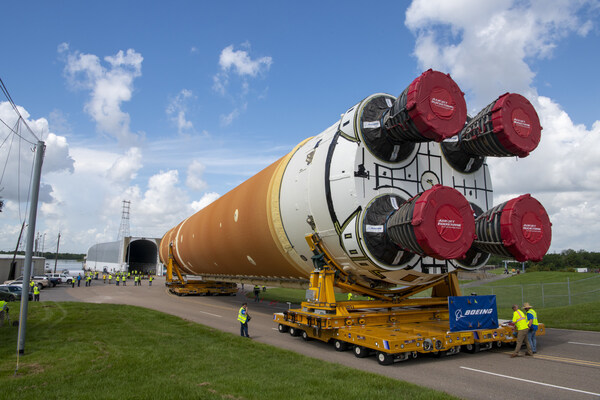
Boeing has achieved a significant milestone by providing NASA with the second core stage of the Space Launch System (SLS) rocket.
This crucial component, crafted at NASA’s Michoud Assembly Facility (MAF), is set to propel the Artemis II crew into lunar orbit, marking humanity’s return to deep space after a 50-year hiatus.
The monumental Boeing-built rocket stage, the largest element of the Artemis II mission, will embark on a journey aboard the Pegasus barge, traveling 900 miles to NASA’s Kennedy Space Center.
Comparison of two legendary aircraft B777x vs B747 aircraft:Click here
Upon arrival, it will be meticulously integrated with other essential Artemis II components, including the upper stage, solid rocket boosters, and NASA’s Orion spacecraft within the iconic Vehicle Assembly Building. This intricate integration process is a vital step toward the eagerly anticipated Artemis II launch, slated for 2025.
“Boeing-built products helped land humankind on the moon in 1969, and we’re proud to continue that legacy through the Artemis generation,” remarked Dave Dutcher, vice president and program manager for Boeing’s SLS program. “Together, with NASA and our industry partners and suppliers, we are building the world’s most capable rocket and paving the way to deep space through America’s rocket factory in New Orleans.”
NASA, Lockheed Martin Reveal X-59 Quiet Supersonic Aircraft:Click here
The delivery of Core Stage 2 marks a significant achievement in the evolution of the SLS rocket. Towering over 200 feet and powered by four RS-25 engines, this core stage, coupled with two solid-fueled booster rockets, will generate a staggering 8.8 million pounds of thrust. This immense power is crucial to launching Artemis II and future missions into the vast expanse of space.
The SLS rocket stands unparalleled in its capability to transport both crew and substantial cargo to the moon and beyond in a single launch. Its extraordinary capacity will facilitate the delivery of human-rated spacecraft, habitats, and scientific missions to destinations including the moon and Mars, ushering in a new era of space exploration.
-
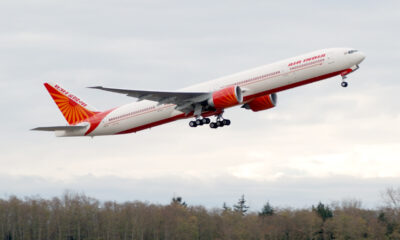
 Travel1 week ago
Travel1 week agoAir India to Expand US Operations with Three New Routes After a Decade
-

 Travel2 weeks ago
Travel2 weeks agoWhy We Should Avoid These Stamps in a Passport
-
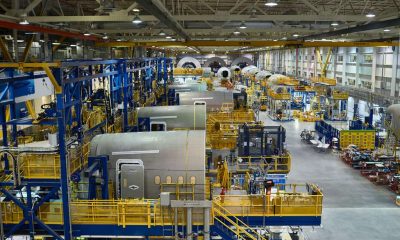
 Airlines1 month ago
Airlines1 month agoInvestigations Reveal Fake Chinese Titanium in Boeing and Airbus Jets
-

 Tech4 weeks ago
Tech4 weeks agoChina’s CATL Plans 1,800-Mile Electric Plane Launch by 2027
-
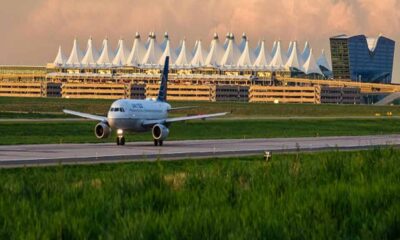
 Airport3 days ago
Airport3 days agoTop 10 Largest Airports in the World by Size
-
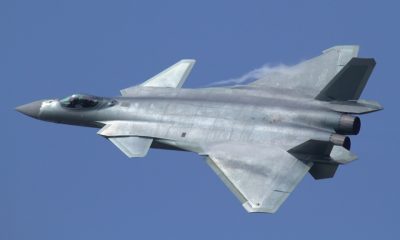
 Aerospace4 weeks ago
Aerospace4 weeks agoChina’s Fighter Jets Turn Wings into Autonomous Drones
-
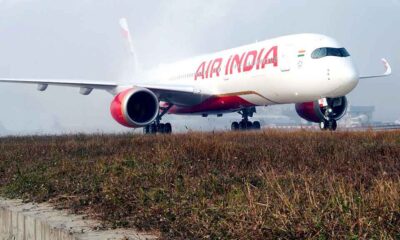
 Airlines4 days ago
Airlines4 days agoAir India Rolls Out A350s for Delhi-New York JFK and Newark Routes
-
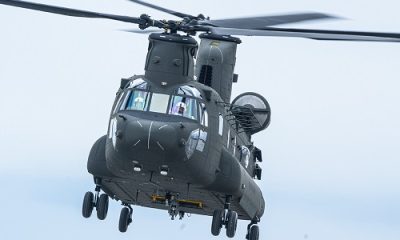
 Defence3 weeks ago
Defence3 weeks agoBoeing Enhances Chinook with New Engines and Block II Upgrades at $96 Million

